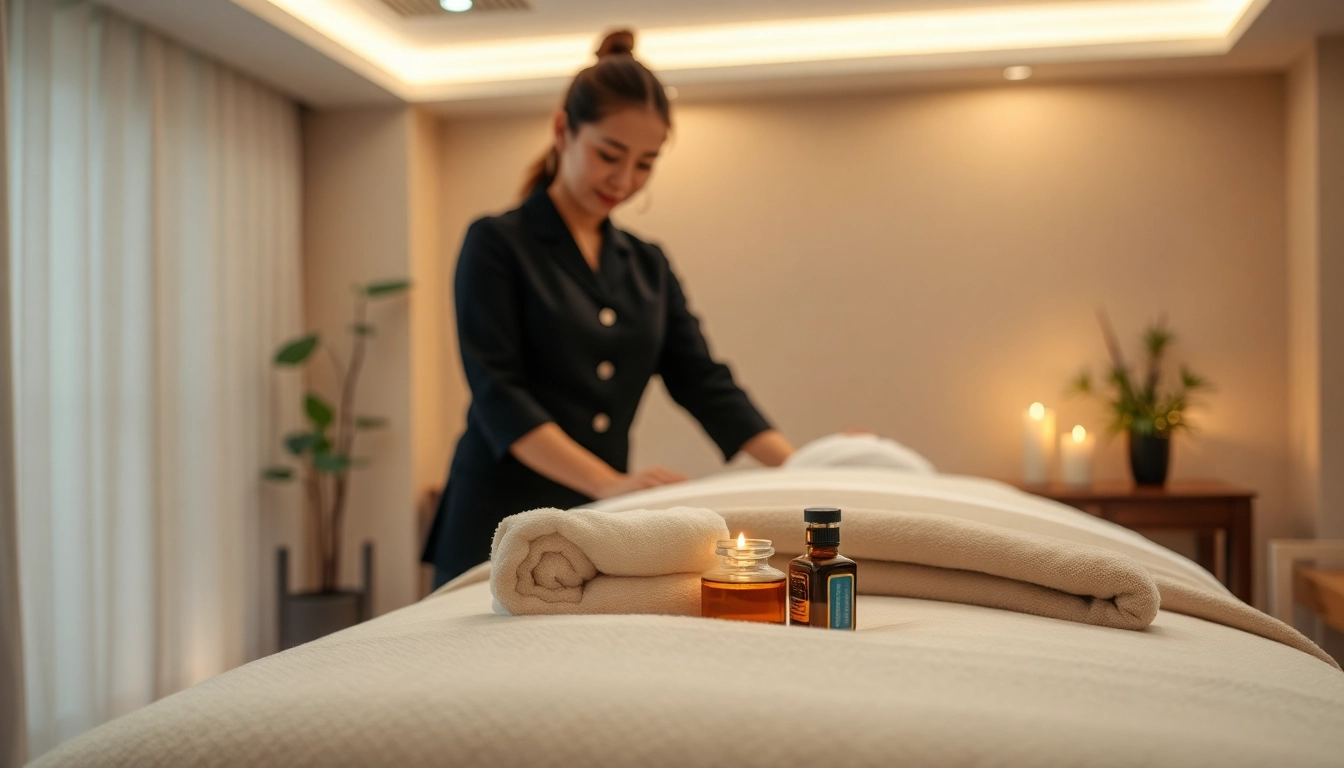Understanding Anxiety: What You Need to Know
The Nature of Anxiety Disorders
Anxiety disorders are among the most common mental health conditions in the United States, affecting millions of individuals each year. They encompass a range of disorders characterized by excessive fear or worry that can significantly impair daily functioning. According to the Anxiety and Depression Association of America (ADAA), anxiety disorders occur in approximately 31.1% of U.S. adults at some point in their lives.
Understanding the nature of anxiety is critical for effectively dealing with it. Anxiety can manifest in various forms, including generalized anxiety disorder (GAD), panic disorder, social anxiety disorder, and specific phobias. Each of these disorders has unique symptoms and triggers, but they all share a common theme of overwhelming apprehension or dread.
Common Symptoms of Anxiety
Individuals experiencing anxiety may encounter a range of symptoms, which can differ in severity from one person to another. Common symptoms include:
- Persistent worry or fear that is difficult to control
- Restlessness or feeling keyed up
- Tiredness or fatigue
- Difficulty concentrating or mind going blank
- Sleep disturbances, including insomnia or restless sleep
- Physical symptoms such as rapid heartbeat, sweating, or gastrointestinal issues
Recognizing these symptoms is the first step toward seeking help and implementing effective strategies for dealing with anxiety.
How Anxiety Differs from Stress
While anxiety and stress are often used interchangeably, they possess distinct characteristics. Stress is typically a response to an external trigger, such as a work deadline or relationship issues, and is often temporary. Anxiety, on the other hand, is more chronic and can persist even in the absence of a stressor, often becoming a standalone disorder. This ongoing anxiety can lead to an array of physical and emotional symptoms, necessitating different coping strategies.
Practical Techniques for Dealing with Anxiety
Mindfulness and Meditation Approaches
Mindfulness practices, which include techniques such as meditation, yoga, and tai chi, have been shown to significantly alleviate anxiety symptoms. Engaging in mindfulness helps individuals focus on the present moment, reducing the tendency to ruminate about past events or future uncertainties.
Research suggests that mindfulness-based interventions can lead to measurable improvements in mental health. For instance, a study published in the Journal of Anxiety, Stress & Coping indicated that participants who engaged in mindfulness meditation reported lower anxiety levels and improved emotional regulation.
To incorporate mindfulness into your routine, start with a few minutes a day. Find a quiet place, focus on your breath, and gently bring your mind back to the present whenever it wanders.
Breathing Exercises to Calm the Mind
Breathing exercises are versatile tools for managing anxiety. Simple techniques like diaphragmatic breathing can activate the body’s relaxation response, countering the physiological symptoms of anxiety. A study by the American Psychological Association found that individuals practicing controlled breathing reported reductions in anxiety levels and increased feelings of calm.
To practice diaphragmatic breathing:
- Find a comfortable seated or lying position.
- Place one hand on your chest and the other on your abdomen.
- Inhale deeply through your nose, allowing your abdomen to expand while keeping your chest still.
- Exhale slowly through your mouth.
- Repeat this for several minutes, focusing on your breath.
Physical Activity and Its Benefits
Regular physical activity is a powerful, natural remedy for anxiety. Exercise induces the release of neurotransmitters such as endorphins and serotonin, which can enhance mood and produce a sense of well-being. Clinically significant improvements in anxiety have been observed in individuals who engage in routine exercise, as indicated by various studies.
Activities like jogging, swimming, or even brisk walking can serve as effective outlets for anxiety. The Mayo Clinic highlights that just 30 minutes of physical activity a day, several times a week, can significantly reduce symptoms of anxiety. Aim to find an enjoyable activity to ensure consistency and long-term benefits.
Creating a Supportive Environment to Manage Anxiety
Building a Social Support Network
A robust social support network can be a crucial factor in combating anxiety. Sharing experiences with friends, family, or support groups can foster a sense of belonging and alleviate feelings of isolation. According to a study published in the American Journal of Community Psychology, individuals who have strong social ties experience lower levels of anxiety and stress.
Consider reaching out to trusted friends or joining a local support group where others share similar experiences. This can provide both emotional support and practical strategies for dealing with anxiety.
Communicating Effectively About Your Anxiety
Many people find it challenging to express their feelings of anxiety. However, effective communication about one’s mental health is essential. Engaging in open conversations can help demystify anxiety, reduce stigma, and foster understanding among friends and family. When discussing your anxiety, consider using “I” statements, such as “I feel overwhelmed when I face crowded places,” to convey your experiences more clearly.
Setting Boundaries for Personal Well-being
Establishing personal boundaries is essential for maintaining mental health. This may involve saying “no” to additional responsibilities, prioritizing self-care, and recognizing when to take a step back from stressful situations. Setting boundaries protects your mental space and allows you to recharge.
Professional Help: When to Seek Assistance
Types of Therapeutic Approaches Available
When self-help strategies are not enough, seeking professional help can be an effective means of managing anxiety. There are various therapeutic approaches available, including:
- Cognitive Behavioral Therapy (CBT): A structured, goal-oriented approach focusing on changing negative thought patterns and behaviors that contribute to anxiety.
- Exposure Therapy: A gradual process that helps individuals confront and overcome their fears in a controlled manner.
- Dialectical Behavior Therapy (DBT): A form of therapy that combines cognitive-behavioral techniques with mindfulness strategies, often used for individuals with intense emotional responses.
The Role of Medication in Treatment
For some individuals, medication may be necessary to manage anxiety symptoms effectively. Common types of medication prescribed for anxiety disorders include:
- Antidepressants: Often used to treat anxiety disorders, these drugs help regulate mood and emotional responses.
- Benzodiazepines: Sometimes prescribed for short-term relief of severe anxiety symptoms.
- Beta-blockers: Used to manage physical symptoms like rapid heart rate during stressful situations.
It’s essential to consult a qualified mental health professional to discuss the most appropriate treatment options tailored to individual needs.
Finding a Qualified Mental Health Professional
Finding the right mental health provider can be daunting. Start by seeking recommendations from primary care physicians or trusted individuals. Professional directories, such as those provided by the American Psychological Association, can also be valuable resources for locating qualified professionals in your area. When searching for a therapist, consider their specialties, treatment approaches, and whether their style aligns with your preferences.
Long-term Strategies for Sustaining Calmness
Developing Healthy Coping Strategies
Adopting healthy coping mechanisms is vital for managing anxiety in the long term. These may include:
- Practicing mindfulness daily
- Engaging in regular physical activity
- Maintaining a balanced diet that supports mental health
- Establishing a sleep routine that maximizes rest and recovery
By consistently applying these strategies, individuals can create a robust framework for managing anxiety effectively.
Regular Self-assessment and Reflection
Regularly assessing one’s mental health can illuminate patterns and triggers that exacerbate anxiety. Journaling, for instance, can be a beneficial tool. Individuals can track their feelings and identify external factors contributing to anxiety. This insight can ultimately inform better coping strategies and interventions when anxiety levels spike.
Building Resilience Against Future Anxiety
Building resilience involves creating mental and emotional reserves that can help buffer against stress and anxiety. Techniques such as practicing gratitude, establishing goals, and fostering optimism can cultivate resilience. Research indicates that resilient individuals are less likely to experience emotional distress during challenging times, allowing them to navigate anxiety more fluidly.
In conclusion, dealing with anxiety is a multifaceted process that involves understanding its nature, implementing practical strategies, building social connections, and seeking professional help when necessary. Employing a combination of self-care practices and therapeutic approaches can empower individuals to manage their anxiety effectively and lead fulfilling lives. Remember, you are not alone; many resources are available to help you on this journey.




